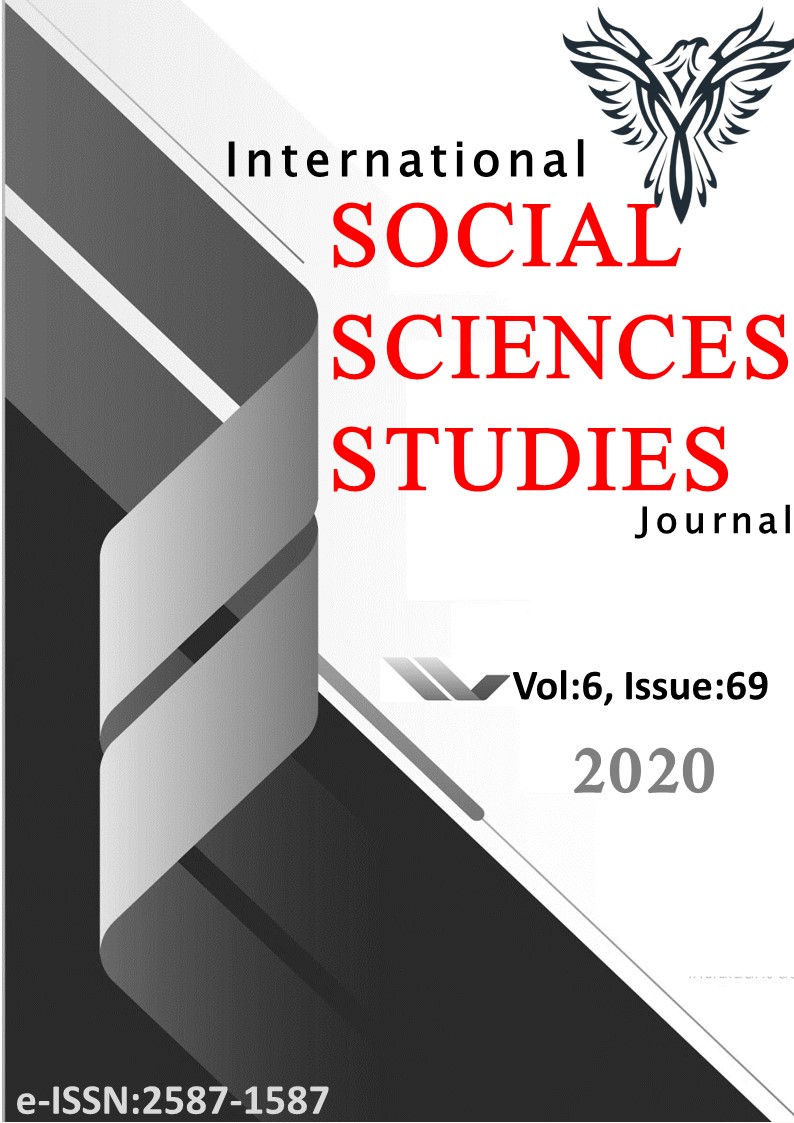ANTİK YUNANİSTAN’DAN MODERN ÇAĞA TRAGEDYANIN ÜÇ DÖNEMİ: SOFOKLES, SHAKESPEARE VE MİLLER ÜZERİNE KARŞILAŞTIRMALI BİR ÇALIŞMA
Author :
Abstract
İlk defa ortaya çıkışı gibi kelime anlamı da tartışmalı olan tragedya bir tiyatro türü olarak binlerce yıldır seyircilerin beğenisine sunulmaktadır. Birçok dilde ortak olan ve felaket anlamına gelen ‘trajedi’ kelimesi de bu oyun türünden gelir. Çünkü neredeyse bütün tragedyaların ortak noktası insanın başına gelen felaketlerdir. Bu türün elimize ulaşabilen ilk örnekleri oldukça çarpıcıdır ve uzun süre tragedyanın nasıl olması gerektiği ile ilgili şablon vazifesi görmüştür. Belirli dönemlerde duraklamalar yaşansa da, tragedya tarih boyunca gelişimini devam ettirmiştir. En parlak dönemlerinden birini 16. yüzyılın sonlarında İngiltere’de yaşamıştır. Bu dönem, tiyatronun fiziksel şartlarında çok önemli değişimlere sahne olduğu için, sadece tragedya için değil diğer oyun türleri için de oldukça şanslı bir dönemdir. 19. yüzyıl düşünce dünyasının tragedyayı yeniden anlamlandırması ile beraber türün büyük bir değişime uğradığını söylemek mümkündür. Bu dönem verilen eserler ilk tragedya örnekleri ile yapısal olarak büyük farklılıklar içermektedir. Bu çalışmada antik Yunanistan’dan Sofokles’in Thebai Üçlemesi, Elizabeth Çağından Shakespeare’in Macbeth oyunu ve modern dönemden Arthur Miller’ın kaleme aldığı Satıcının Ölümü adlı eserler benzerlik ve farklılıklar açısından karşılaştırılacaktır.
Keywords
Abstract
Tragedy, the literal meaning of which is controversial as well as the date of its first emergence, has been presented to the audience for thousands of years as a type of drama. The word 'tragedy', which is common in many languages, meaning disaster, also comes from this type of drama. Because the common point of almost all tragedies is a disaster. The first examples of this genre that we can reach are quite striking and for a long time, they have served as models for how tragedy should be. Even though there were cessations in certain periods, tragedy continued its development throughout history. It lived one of its brightest periods in England in the late 16th century. This period is a very lucky one not only for the tragedy but also for other types of plays, as the theater witnessed significant changes in the physical conditions. It is possible to say that the tragedy as a type of drama has undergone a great change with the 19th-century philosophers redefining it. The works given in this period included structurally large differences with the first examples of tragedy. In this study, Sophocles’ Theban Plays from Antique Greece, Shakespeare’s Macbeth from Elizabethan Age, and Arthur Miller’s Death of a Salesman from Modern Age will be compared in terms of similarities and differences.





